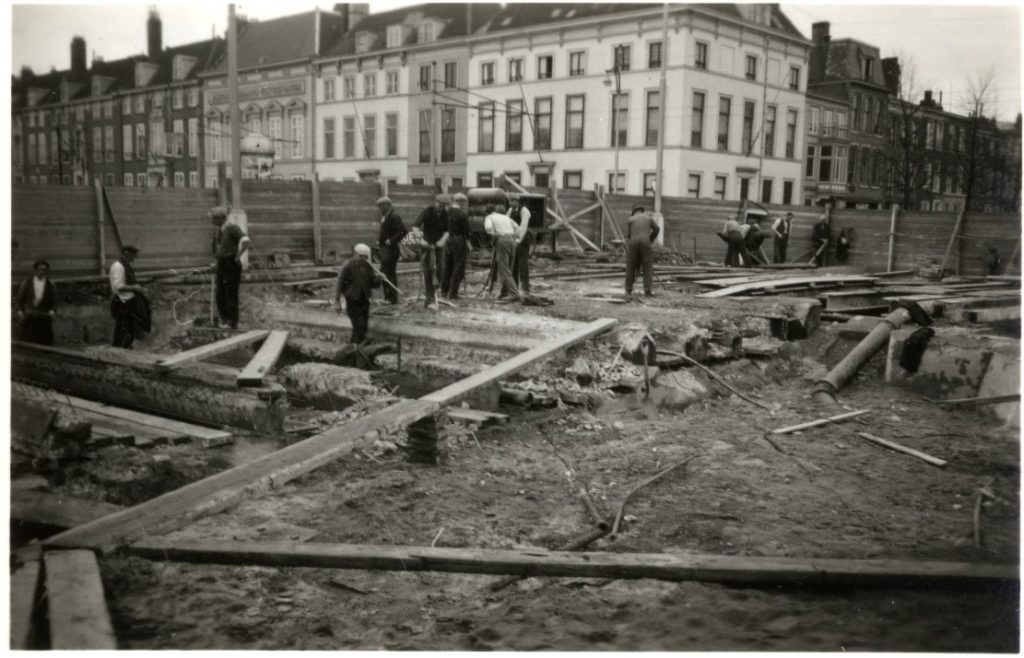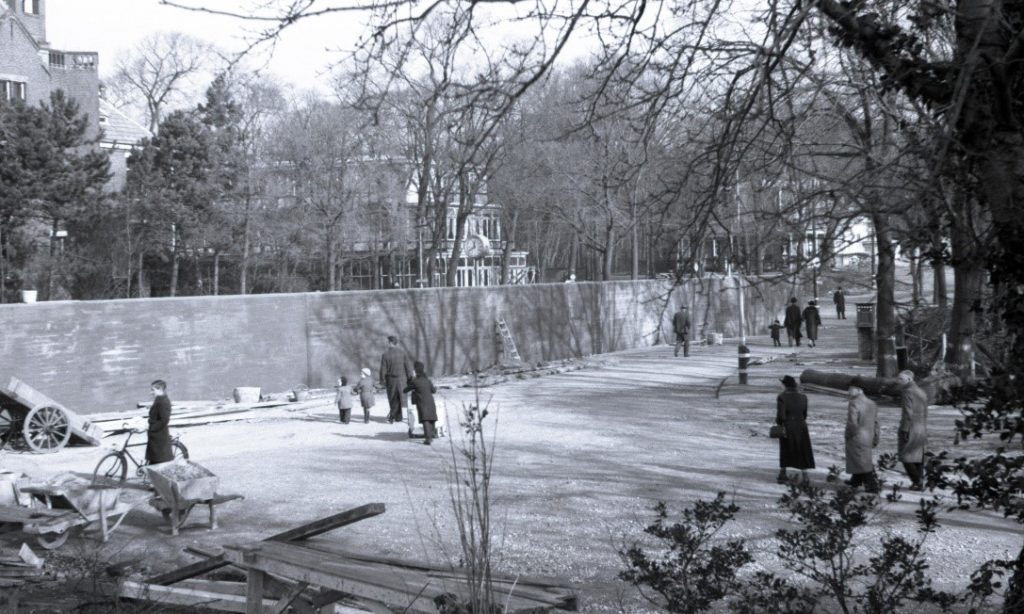- Monument/Memorial
- Wijndaelerduin 25, 2554 BX The Hague, Netherlands
At the end of World War Two, The Hague was a sorry sight. The city’s proximity to the coast, one of its major assets, had extensive ramifications during the war. Scheveningen and The Hague became part of the German coastal defence system: the Atlantic Wall.
Construction of the Atlantic Wall, an anti-tank trench through large stretches of The Hague and Scheveningen, commenced in 1943 as part of ‘Fortress Scheveningen’. Areas within the Duinoord and Statenkwartier neighbourhoods were demolished, with far-reaching consequences. In addition to the many bunkers, fortifications and barricades along the coast of Scheveningen, the Germans dug an anti-tank ditch and erected concrete walls several metres high. The defence line ran from Kijkduin to the coast via Haagse Bos, leaving a trail of destruction in its wake.
More than 30,000 houses were evacuated, thousands were demolished and 50,000 trees were felled. At least 140,000 residents of The Hague, including almost everyone in Scheveningen – around a quarter of the city’s population – were forced to leave their homes by order of the German occupier. Those with economic ties to The Hague were permitted to remain in the city, while the rest were evacuated elsewhere. Many Scheveningers ended up in the Achterhoek, for instance in Aalten.
The wide, bare strip created by the construction of the Atlantic Wall was declared a prohibited area. During the post-war reconstruction, the residential character and urban layout of the areas bordering the Statenkwartier were not restored. If you look closely, you can trace the position of the Atlantic Wall via a trail of post-war construction.




